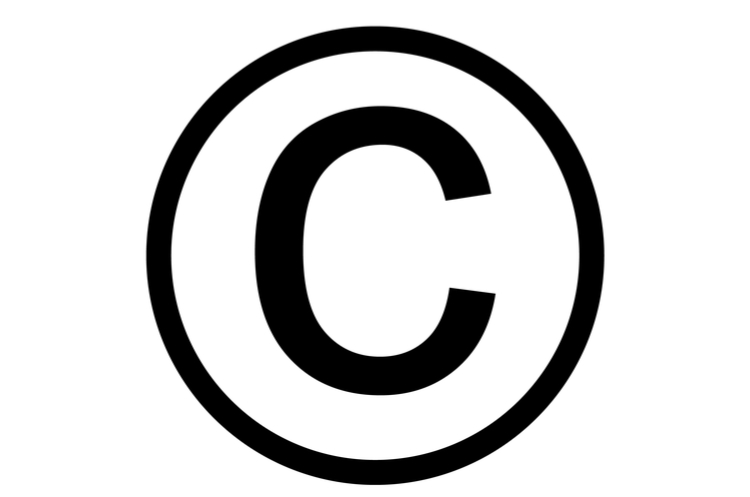What Do You Mean I Don’t Own My Own Logo?
A parable for many business owners on how to make sure you actually own the logo you have used for years

The plaintiff in the recent Federal Court case, Milano Pizza Ltd. v. 6034799 Canada Inc.,1 thought that it owned the copyright in the logo it had franchised for years. It thought wrong. While the case appears to be infighting in a franchise system, the copyright aspects of the case are interesting and a problem more business owners may face than they realize.
The corporate Plaintiff, Milano Pizza Ltd. (“Milano Ltd.”), owns and operates the Milano pizzeria business. The Defendant, 6034799 Canada Inc. (the “Franchisee”), operates an independent Milano pizzeria, which is part of the Milano business.
This case focused on the “new” Milano logo, a variant of which the Franchisee had been licensed for many years and in which Milano Ltd. claimed to own copyright – shown below.

Milano Ltd. asserted that it owned the copyright and that the Franchisor was infringing it. The Court found, however, that they didn’t.
The principal of Milano Ltd. gave evidence about generating the idea behind the design, doing a rudimentary sketch of the logo and hiring a graphic designer to create a final version. That is not enough to show copyright.
Copyright exists in every original, Canadian artistic work, but it does not protect ideas. Copyright rights only protect the expression of ideas. Milano Ltd. did not give evidence about whether the original sketch was given to the designer, how the designer reflected the sketch in the final product, or whether the final product resembled the sketch. There was no proof that the principal, not the designer, “exercised the skill and judgment required to give rise to an original work.”2 And there was no contract expressly transferring copyright from the designer to Milano Ltd. or to the principal. Ultimately, the Court dismissed Milano Ltd.’s copyright claim.
How to avoid this common error:
- If you hire a graphic designer to design your logo, make sure that you get a copyright assignment in writing and signed by the designer (or at least the contract provides you with the copyright). If you wait until the lawsuit to do this, expect a hefty surcharge on the design fee.
- Ideally, get a certificate of authenticity from the graphic designer stating that the designer did not copy the logo from another source.
- You get what you pay for: a cheap logo is cheap for a reason. If you pay more, it is more likely that the designer will be willing to assign you ownership (and it will be more likely to be entirely original).
- Generally, ensure that the company owns the copyright and not the principal of the business. There may be some reasons to have an individual own the copyright, but those, generally speaking, are special cases (e.g. tax).

